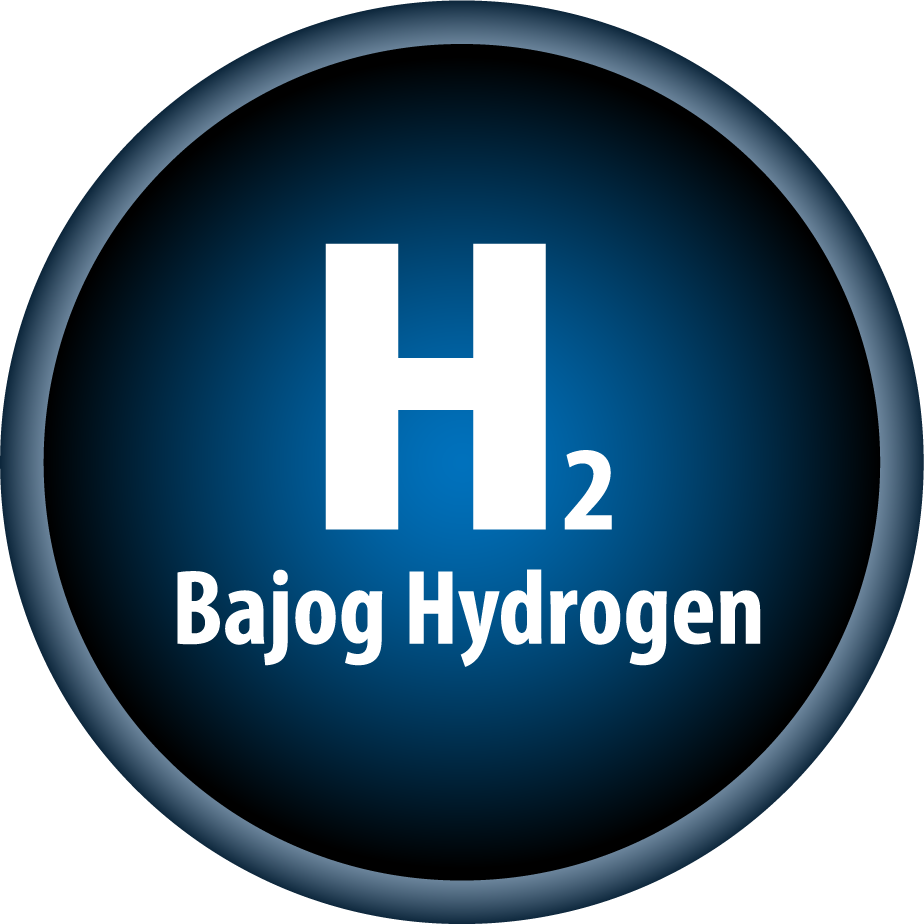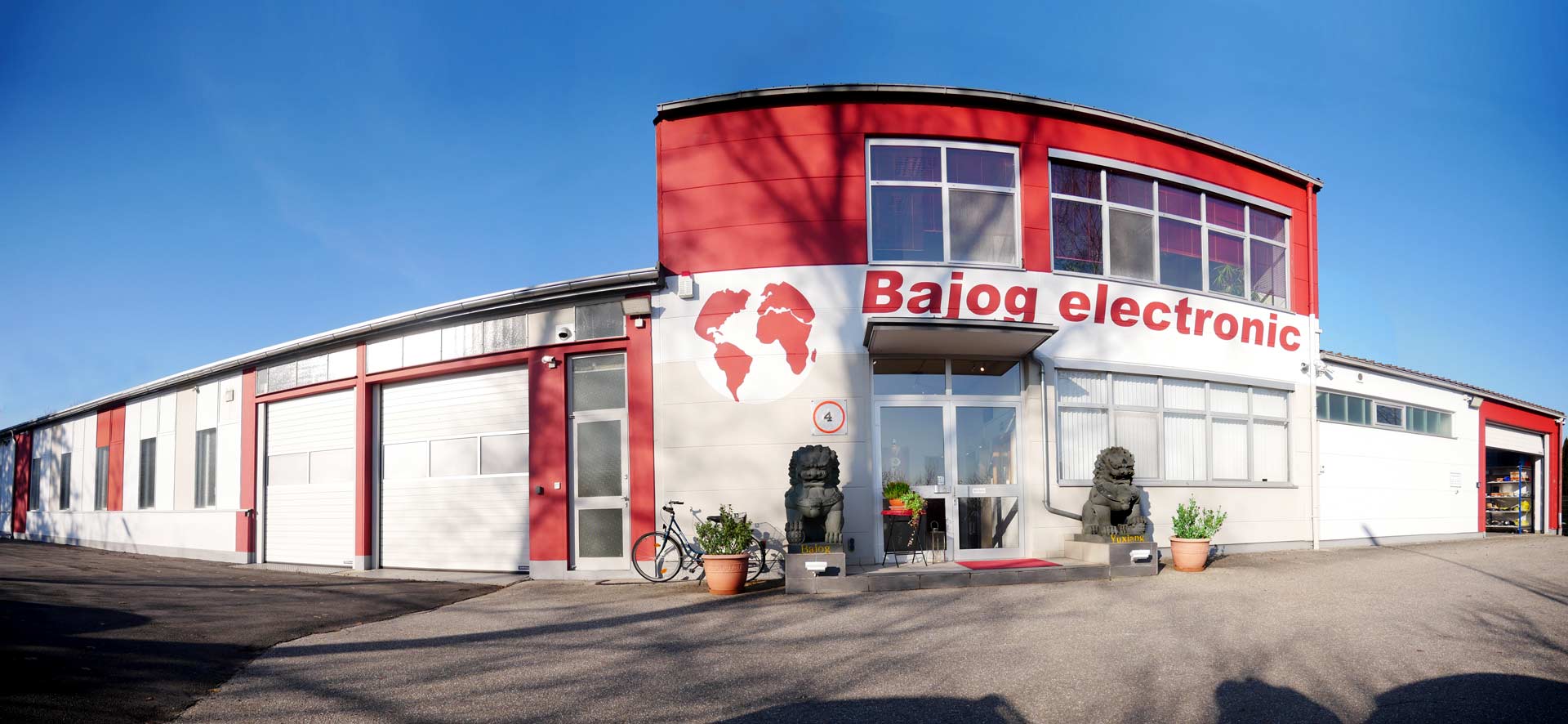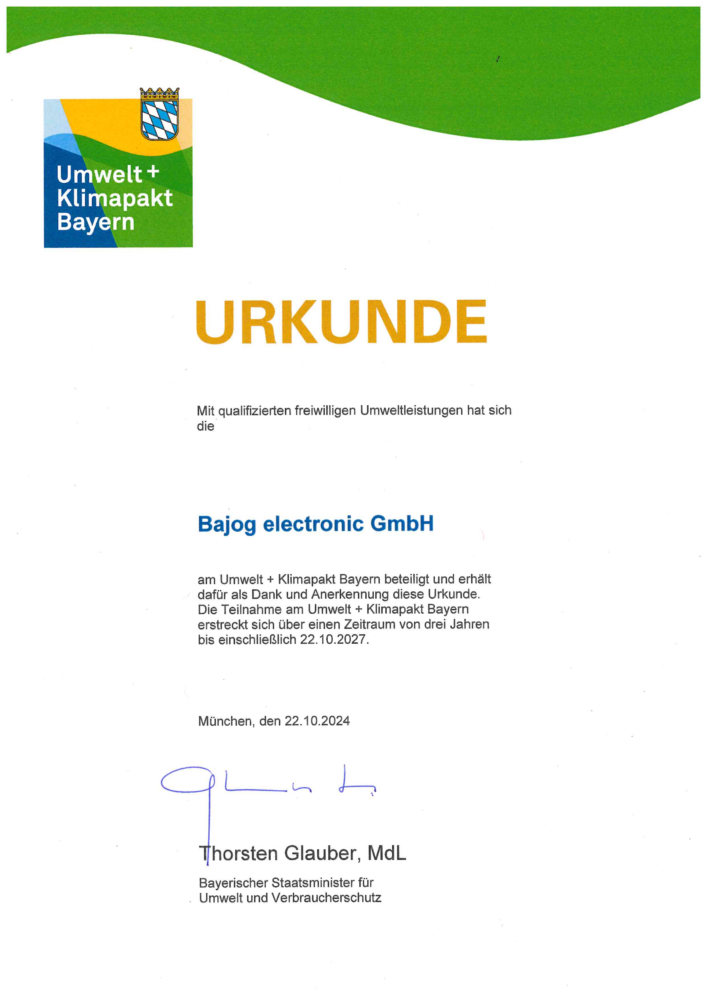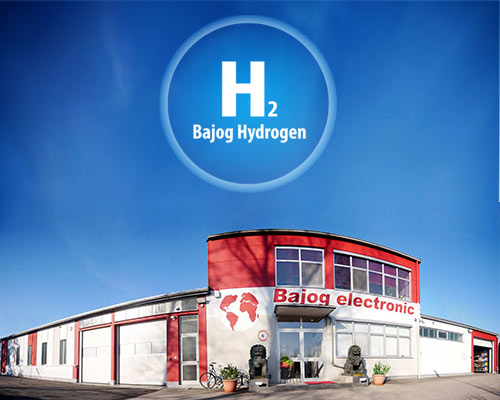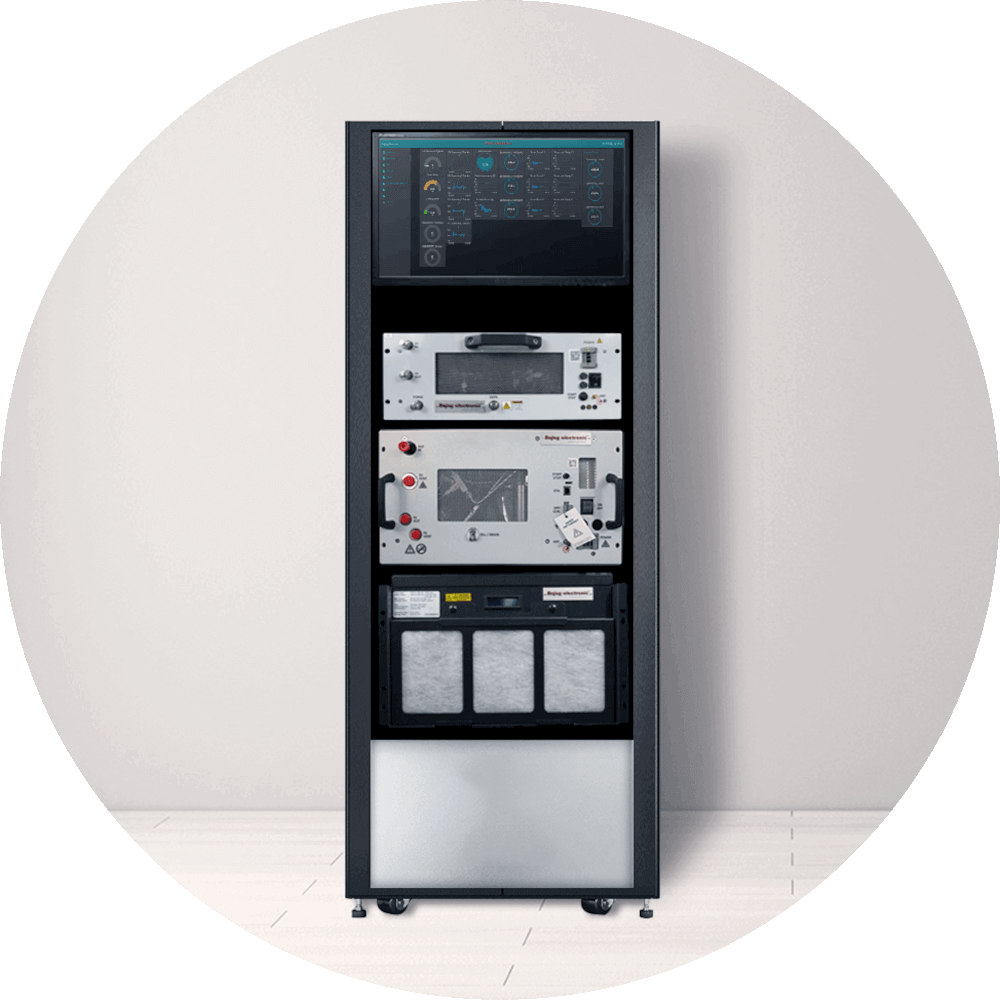
27.01.2025
Stages of Expansion
How does the gradual transition to energy independence from the public grid with an „island solution“ work?
Many PV (photovoltaic) owners share similar negative experiences when the responsible energy suppliers throttle or completely shut down their PV systems during the summer months, only to sell expensive grid electricity instead.
Similarly, on days with low sunlight or during winter, the own PV system becomes ineffective, and the full electricity demand must be sourced from the energy supplier.
Even though system owners may believe they are self-sufficient because they can use some of the PV energy themselves, this assumption proves to be incorrect when the public power grid is shut down for any reason.
The in-house inverters depend on the 50Hz synchronization from the grid and will immediately shut down if this 50Hz synchronization is absent.
The energy system from Bajog electronic generates its own 50Hz frequency and only communicates with the public grid, but does not draw power from it as long as there is sufficient energy available from the PV system or battery buffer.
This form of energy use is referred to as zero-feed-in.
This means that the energy required and generated by the household is recognized by the energy meter of the energy supplier as „ZERO.“
When the own energy (PV during the day or battery buffer during the night/winter) is no longer sufficient, the Bajog electronic energy system automatically switches to the public grid within <10 milliseconds to ensure continued power supply to the household.
From that point onward, the energy meter will count again in favor of the energy supplier.
As long as there is own energy available, the household is supplied with electricity, regardless of whether the supply grid is functioning or has failed—this is the „island solution.“
This island solution is the first step toward an independent off-grid solution.
Further expansion to complete grid independence 365/24 can take place at a later time and would then include:
– An electrolyzer with a hydrogen storage system and accessories
– A fuel cell system with accessories
With this expansion, sufficient hydrogen can be produced during the summer months if there is a sufficiently large PV system that can meet both the daily 24-hour household demand and still generate enough energy for hydrogen production.
Whether this is the case can quickly and securely be determined using the H2 calculator available on Bajog electronic’s website.
With 9 liters of water, we generate 1 kg of hydrogen (compressed).
1 kg of hydrogen contains 33kWh of energy.
This solution offers, depending on the stage of expansion, 100% independence from the power grid.
